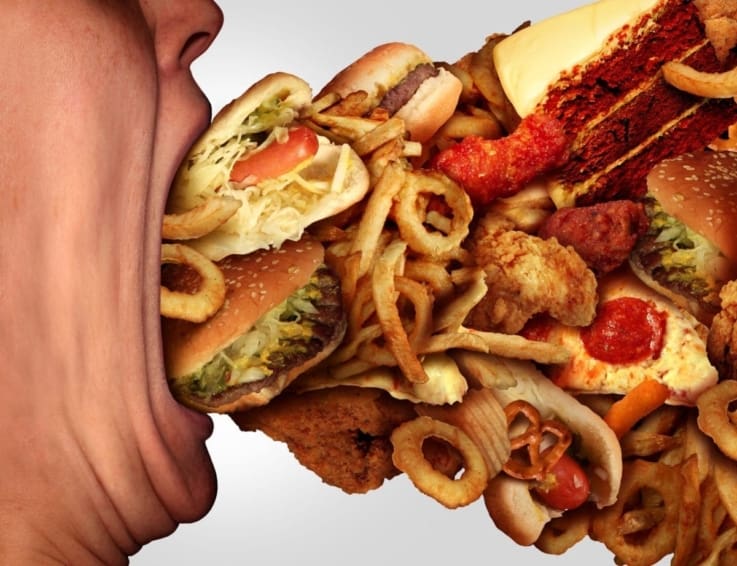
Trans fats are a type of fatty acid found in the foods we eat. Fatty acids are a source of energy for your body. Some types of fatty acids are healthy. Moderate amounts of polyunsaturated fats and monounsaturated fats benefit your diet. This includes seeds, nuts, animal fats, and fruit, vegetable, and fish oils. However, trans and saturated fats are bad types of fatty acid. Trans fats are made from turning liquid oils into solid fats. They are cheap and have a long shelf life. Most processed foods and commercial baked goods have trans fats.
Path to improved health
Trans fats increase your levels of “bad” cholesterol (called low-density lipoprotein, or LDL). They decrease your levels of “good” cholesterol (called high-density lipoprotein, or HDL). Eating trans fats can make you gain weight. It also raises your risk of coronary heart disease, type 2 diabetes, and other health issues.
Ideally, you should get 0 grams of trans fat per day. The American Heart Association recommends that less than 25% to 30% of your daily calories come from fats. Of these, less than 1% should come from trans fats. An average 2,000-calorie daily diet should include less than 2 grams of trans fats.
Trans fats occur naturally in foods, such as milk, butter, and animal meat. These trans fats are less harmful to your health. The worst kinds occur in fast food, fried foods, and snack foods. You also should avoid trans fats found in commercial baked goods. Bad trans fats are found in the following:
- Margarine
- Shortening
- Crackers
- Cookies
- Chips
- Cake, pies, and doughnuts
- Salad dressing
- Frozen foods
Things to consider
Plan your diet to avoid bad trans fats. To start, check all nutrition fact labels for trans fats. The U.S. Food and Drug Administration (FDA) requires that companies list it. However, a listing of 0 grams per serving still may contain trans fat. A company can list 0 grams if the product contains less than .5 grams per serving. Keep this in mind. You also can look for packaging to say “trans fat free.” The words “hydrogenated oil” or “partially hydrogenated oil” are also used to represent trans fats.
When you’re eating out, ask about trans fats before you order. Make an effort to eat more fruits and vegetables instead of processed or packaged foods. Fruits and vegetables are whole foods that are naturally free of trans fats. Replace whole-fat dairy products with nonfat or low-fat products.
You also can eat small amounts of foods with healthy fatty acids. Monounsaturated fats occur in many liquid oils. This includes vegetable, olive, canola, peanut, sunflower, and sesame oils. You can eat avocados, peanut butter, nuts, and seeds in moderation. Polyunsaturated fats occur in other types of liquid oils. This includes soybean, corn, and safflower oils. You can eat fatty fishes, such as salmon, mackerel, herring, and trout.
Questions to ask your doctor
- Are products labeled “trans fat free” healthy to eat?
- What are the best substitutes for trans fats?
Resources
American Heart Association: Trans Fats
National Institutes of Health, MedlinePlus: Facts About Trans Fats
![]()
Copyright © American Academy of Family Physicians
This information provides a general overview and may not apply to everyone. Talk to your family doctor to find out if this information applies to you and to get more information on this subject.







